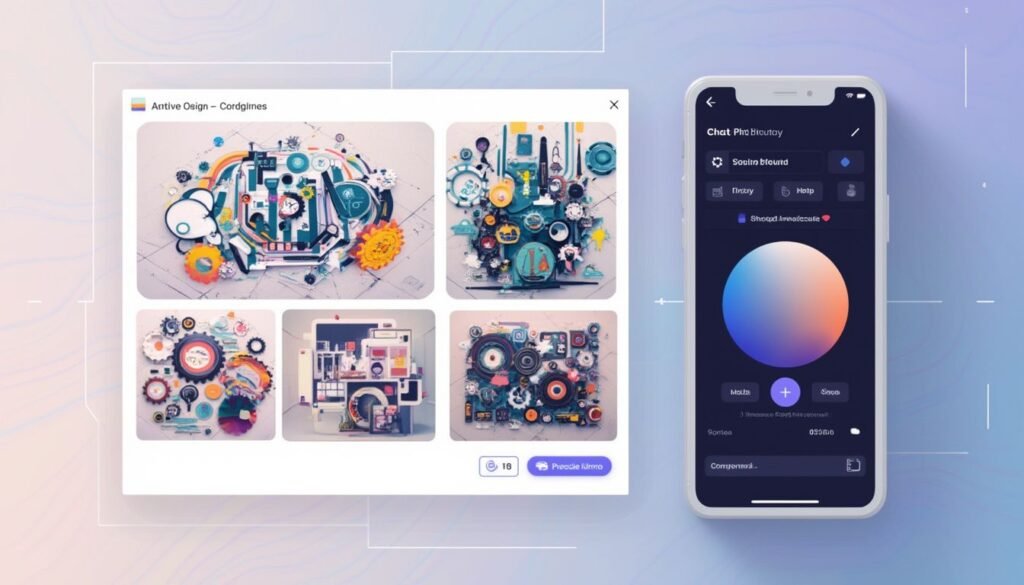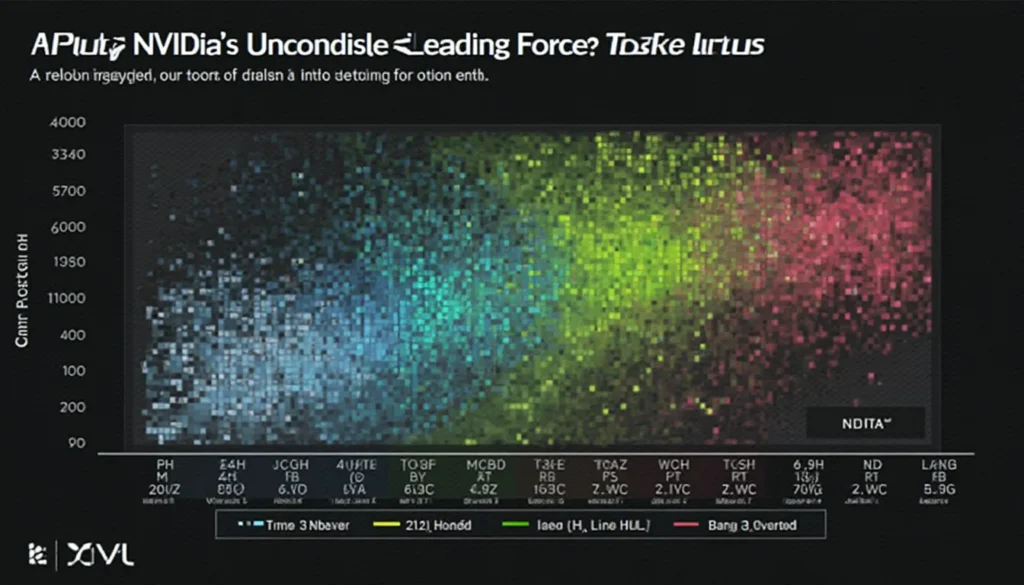Introduction of Advanced Voice Mode
The rollout of ChatGPT’s Advanced Voice mode marks a significant stride in enhancing user interactions with more natural and real-time voice conversations. Currently, this feature is available to ChatGPT Plus and Team users, with some notable exceptions in regions such as the EU, the UK, Switzerland, Iceland, Norway, and Liechtenstein.
Advanced Voice mode differentiates itself from the standard voice by utilizing GPT-4o’s native audio capabilities, enabling it to pick up nuances like the speed of speech and to respond with emotional insights. This move towards more lifelike and responsive conversations aims to bridge the gap between digital assistants and human-like interactions.
User Experience and Accessibility
One of the standout features of the Advanced Voice mode is its ability to handle non-verbal cues adeptly, making conversations feel more authentic. Despite these advancements, it’s done by translating user audio to text, ensuring high accuracy and context retention. However, to ensure broad access, daily usage is capped for Plus and Team users, with reminders provided when users are nearing their limit.
The app also introduces customization options, allowing users to choose from nine distinct voices, each designed to offer a unique interactive experience. However, due to legal constraints, the previously showcased voice named Sky is not available. More so, the Background Conversations setting empowers users to continue their interactions even when multitasking or with their phone screens locked, adding a layer of convenience.
Technical and Regional Constraints
Technical requirements for the Advanced Voice mode include having the latest version of the ChatGPT app installed on mobile devices. This ensures that users can leverage all the enhanced features without technical glitches. Nevertheless, the mode’s availability is confined to regions that are free from regulatory and legal restrictions, keeping it out of reach for users in several European countries for the time being.
Understanding accents and conversation speeds has seen considerable improvements, making the feature more inclusive. However, advanced multimodal capabilities like video and screen sharing are not yet integrated into this rollout. OpenAI has plans to expand access to Enterprise and Edu customers, hinting at continuous development and broader future scope.
Looking Ahead
The current rollout is a glimpse into the future of interactive AI. While financial and structural changes were not the focus of this rollout, they are worth noting as OpenAI navigates the evolving landscape of AI-driven technologies. Potential fee increases and internal adjustments may affect how these services are priced and structured moving forward.
In conclusion, the introduction of Advanced Voice mode for select ChatGPT users illustrates OpenAI’s commitment to enhancing user experience through sophisticated AI capabilities. Its restriction to certain regions and capped daily usage underscores a cautious yet strategic approach towards integrating advanced conversational features into broader user interactions. As developments continue, users can anticipate even more integrated and immersive communication tools in the near future.




